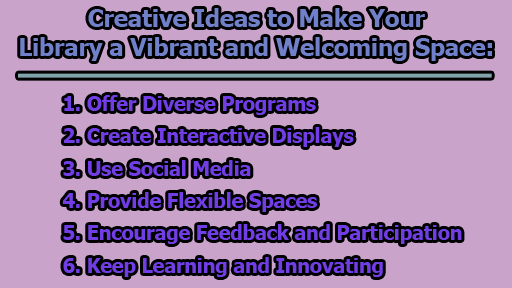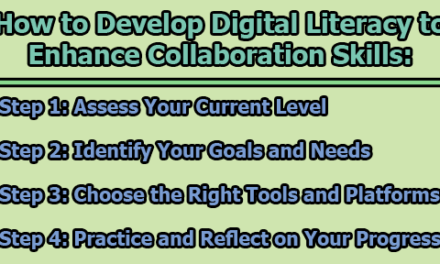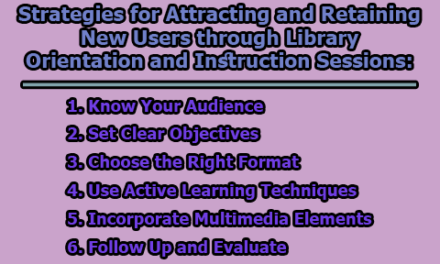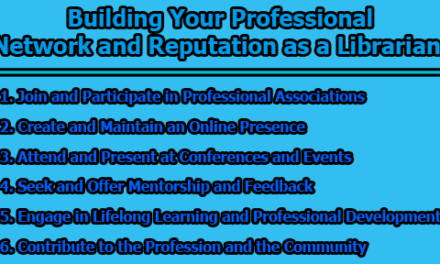Creative Ideas to Make Your Library a Vibrant and Welcoming Space:
Libraries have long been seen as sanctuaries for knowledge and quiet contemplation. But in today’s digital age, where distractions are abundant and budgets are often tight, how can libraries attract and retain users? The answer lies in creatively engaging library users by offering more than just books. Libraries can be hubs of learning, creativity, and community. Here are some creative ideas to make your library a vibrant and welcoming space.
1. Offer Diverse Programs: To engage library users effectively, it’s essential to offer a wide array of programs that cater to different interests, age groups, and needs. Traditional book clubs and storytimes are wonderful, but don’t stop there. Host workshops, lectures, games, crafts, and more. Partner with local organizations, experts, or volunteers to provide specialized topics like gardening, genealogy, or coding. Diverse programs help users discover new resources, learn new skills, and connect with others, creating a dynamic and inviting atmosphere within the library.
2. Create Interactive Displays: Interactive displays are an excellent way to draw library users into the world of knowledge and exploration. These displays can showcase your collections, services, or themes with posters, props, quizzes, puzzles, or digital tools that invite users to participate. For instance, you can create a display about travel and ask users to pin their dream destinations on a map, or a display about poetry where users can write their own haikus. Interactive displays spark curiosity, conversation, and feedback, making the library experience more engaging and interactive.
3. Use Social Media: Leveraging the power of social media is another fantastic way to engage library users. Platforms like Facebook, Twitter, Instagram, or YouTube can be used to share library news, events, tips, and stories. Engage with users by soliciting their input, feedback, or suggestions. Run contests, challenges, or polls to keep them actively involved. For instance, ask users to share their favorite books, quotes, or photos related to the library, or challenge them to complete a reading bingo or a scavenger hunt. Social media can help libraries reach a broader audience, build a sense of community, and maintain engagement.
4. Provide Flexible Spaces: Library spaces should cater to different preferences and activities. Design flexible spaces by arranging furniture, shelving, or equipment to create zones for quiet study, group work, relaxation, or creativity. Offer movable or modular furniture and partitions that allow users to customize their own spaces. Furthermore, consider providing spaces for special events, such as pop-up shops, exhibitions, or performances. Flexible spaces help library users feel comfortable, supported, and inspired, ensuring the library meets their diverse needs.
5. Encourage Feedback and Participation: Library users appreciate feeling heard and being part of the decision-making process. Encourage feedback through surveys, suggestion boxes, focus groups, and online platforms to understand users’ needs, expectations, and satisfaction. Involving users in co-creating, co-designing, or co-delivering library offerings, such as inviting them to join advisory boards, committees, or volunteer teams, fosters a sense of ownership and belonging. Their participation can lead to library services that truly meet their desires, further enhancing their engagement.
6. Keep Learning and Innovating: Stagnation is the enemy of progress. To maintain a vibrant library, stay on the cutting edge by keeping up with the latest trends, research, and best practices in library services. Experiment with new ideas, tools, or methods. Seek opportunities for collaboration, networking, or professional development within the library community and beyond. Learning and innovating help libraries improve their quality, relevance, and impact, demonstrating their commitment to users’ evolving needs and the value they bring to the community.
In conclusion, libraries are more than just repositories of books; they are dynamic spaces that can be at the heart of a community’s learning, creativity, and engagement. By offering diverse programs, creating interactive displays, using social media, providing flexible spaces, encouraging feedback and participation, and staying committed to learning and innovation, libraries can not only attract but also retain users in a time of digital distractions and competing demands. These creative strategies can transform libraries into vibrant and welcoming spaces that cater to the ever-evolving needs and interests of their users, ensuring their continued relevance and importance in the community.

Assistant Teacher at Zinzira Pir Mohammad Pilot School and College










